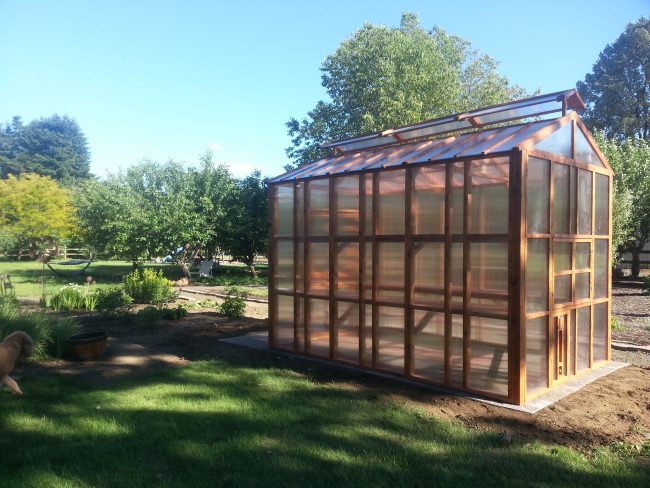
Whether gardening is a part-time passion or a full-time pursuit, a greenhouse can help you expand and explore your planting interests. Building a greenhouse can extend your growing season and protect the plants inside from harsh weather. With a greenhouse, you:
- Don’t have to choose between fruits, vegetables or flowers — in a greenhouse, you have the freedom to grow whatever you choose.
- Can stay organized by keeping your tools, materials and plants under the same roof.
- Aren’t subject to seasons, weather patterns and droughts.
- Can start seeds year-round, saving you money on seasonal plants.
- Can relieve stress and tension by being active in nature no matter the season.
The best part? You can build whatever size and style you like, so you can create one on almost any budget. Here are the five things should consider before breaking ground on your greenhouse.
Determine Your Budget
Greenhouse costs vary as much as the wide range of sizes and styles available. The national average is a little over $13,000, but many greenhouses can be built for as little as $5,000. There are other options for even smaller, more affordable greenhouses, which can also come in handy if you are short on space.
A mini greenhouse is a great way to grow just a few essential plants or start seedlings for each planting season.
Portable greenhouses are a fantastic option for saving on the cost of construction — are nowhere near as sturdy as a permanent structure. However, they are easy to take down and move, which will help if there is no one spot with good sunlight year-round.
Choose the Location
Depending on the amount of free space you have in your yard, choosing a location for a greenhouse can require some critical thinking. You’ll have to look ahead at a lot of elements, including:
- Spaces that get consistent sunlight all day and year-round. Most gardeners know that the amount of sun a space gets can change throughout the day, but there is also a difference between winter and summer sunlight, too. If you live in North America, a south- or southwest-facing greenhouse is often the right call.
- Areas where it would be easy or inexpensive to install electricity and add running water.
- Places that could fall into the shade of a tree during the summer or experience roof damage due to falling limbs.
- Slightly-elevated areas that will accommodate for water flow, drainage and runoff.
Building a greenhouse is a long-term investment, though there can be some exceptions, like mini and portable greenhouses. For a permanent structure, you must be willing to put some time and thought into an ideal location that will pay off in the long run.
For example, if you live on a large plot of land, consider building the greenhouse close to your home. The closer it is, the more often you’ll use it.
Pick a Structure
This is where greenhouse design becomes fun. You have so many options when it comes to the kind of greenhouse you will build. The two simplest forms are freestanding and attached.
- Freestanding greenhouses models encompass the many designs of standalone styles on the market. They can be small and cozy, or take up your entire yard. You can build them anywhere you want on your property. However, this style is typically more expensive, but you do have the freedom to design from scratch and can often grow more plants since freestanding greenhouses are often bigger.
- Attached greenhouse models are built using your home as the supporting back wall. They are usually lean-to type structures whose ceilings sometimes rise at a straight angle up to the eaves, and that can also be built with a curved eave that angles in and attaches to the side of the home (especially suited to multi-story homes). Attached houses are really only effective when installed on the south side of a structure because of light considerations. It’s also usually easier to access water and electricity. However, they are often smaller. Subtypes include the following:
- Even span models are built off of the end of a structure. They have a gable on one end, then are attached to the supporting home, or outbuilding, on the other side. This greenhouse design offers a little more light than other attached versions, but does require a lot of space to have installed.
- Window-mounted units are perfect for town homes, apartments, and other residences with limited space. In short, it is built as an extension of a window opening, making it much smaller in size than other models, but perfect for that weekend gardener. Check out our Garden Window Cost Guide to learn more.
After you pick your location and whether your greenhouse will be freestanding or attached, it’s time to look at the structure itself. Let’s start with the shape. You can build a dome, rectangle, lean-to or A-frame.
Once you’ve decided on the shape, you’ll want to consider materials to build a frame, and if you need to build a foundation. Dome-shaped greenhouses, also called Quonset, are simple to build. A-frames, which require a foundation, are a bit more complex. Frame materials often include wood, galvanized steel, aluminum or PVC pipe.
Once you choose a shape and have decided on the materials you will use to build the frame, it’s time to think about one of the most important parts of a greenhouse — the covering.
Select the Covering
The covering you choose for your greenhouse has a substantial impact on the quality of the plants you grow and your home’s return on investment. When thinking about the material for your coverings for your greenhouse, you’ll look at:
- Glass: By far the nicest as far as aesthetic appeal is concerned; however, glass isn’t the best covering for retaining heat, and its fragile nature means you might have to repair the greenhouse or replace panes more often. Check out our Greenhouse Repair Cost Guide to learn more.
- Fiberglass: The best option for dispersing light among your plants, but the longevity has some drawbacks. Fiberglass is susceptible to sun damage if a protective gel isn’t applied regularly.
- Polycarbonate: Like glass, allows plenty of light in, but is much stronger and more durable.
- Polyethylene film: Though it only has a shelf life of 2-5 years, it is the most commonly used greenhouse cover, mostly due to its low cost and simple maintenance. Popular with commercial growers, it does not have the most aesthetically pleasing appearance.
Once you have your structure covered, you will need to fill it. This involves more than just bringing in plants and watching them grow; you must create the right ecosystem.
Complete the Inside
Before you can start planting in your greenhouse, you’ll want to consider investing in some must-have materials and essential equipment.
Here are some elements of a successful greenhouse:
- Place fans inside to promote air flow and move around heat.
- Add vents to make sure carbon monoxide is being released adequately.
- Purchase a backup heater if you’ll continue growing in the winter months.
- Install thermostats to be able to keep an eye on temperature.
- Keep a steady water supply; consider adding a rain barrel so you can collect rainwater without any effort.
- Build raised beds, shelving for containers, and tables for easy access to plants in their various stages of growth.
There can be a lot of time and money investment during construction, but the benefits keep most gardeners inspired. If you aren’t interested in a from-scratch DIY, consider buying a kit or hiring an addition contractor to build one. You might be able to save on the cost by buying a kit and hiring a handyman to assemble the final product.
Nothing is more exciting to a gardener than a beautiful, bountiful harvest. Whether that comes in the form of bold, vibrant flowers that you plant along your porch or fresh fruits and vegetables you can eat year-round, a greenhouse is next-level gardening.
Building a greenhouse is one of the easiest DIY home improvement projects out there, and is accessible to almost every homeowner. Just be sure to do your research, take your time and have a plan.
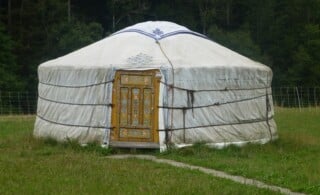 Portable, Versatile Yurts
Portable, Versatile Yurts 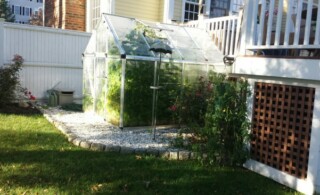 Greenhouse Design
Greenhouse Design  Tree Houses and Playhouses for Kids
Tree Houses and Playhouses for Kids 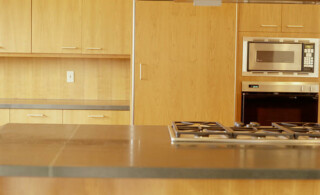 Benefits of Pressure-Treated Wood
Benefits of Pressure-Treated Wood 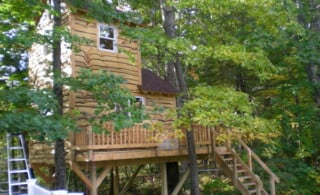 Build a Tree House for Your Kids
Build a Tree House for Your Kids 

Are You Familiar With This Topic? Share Your Experience.